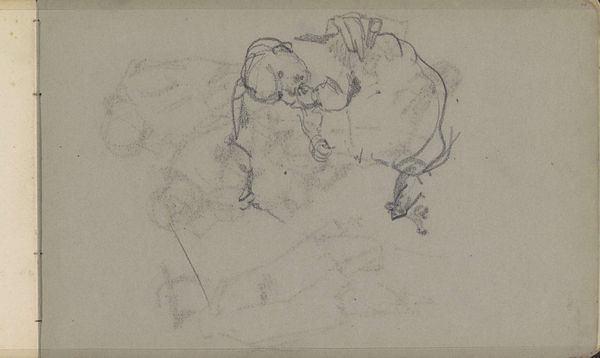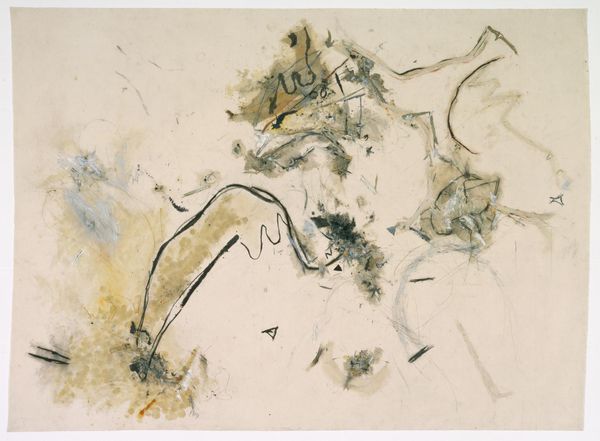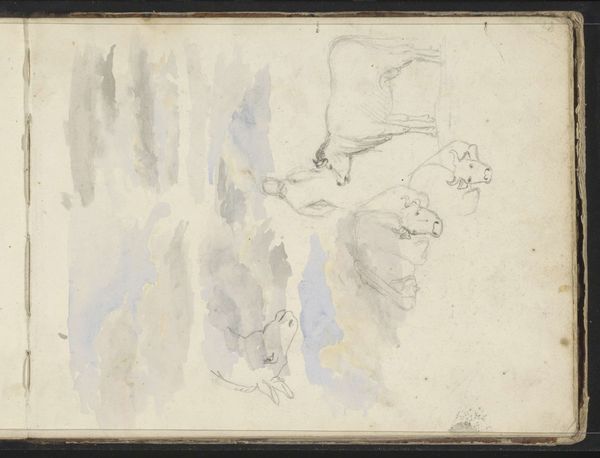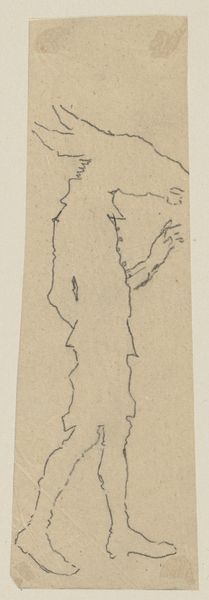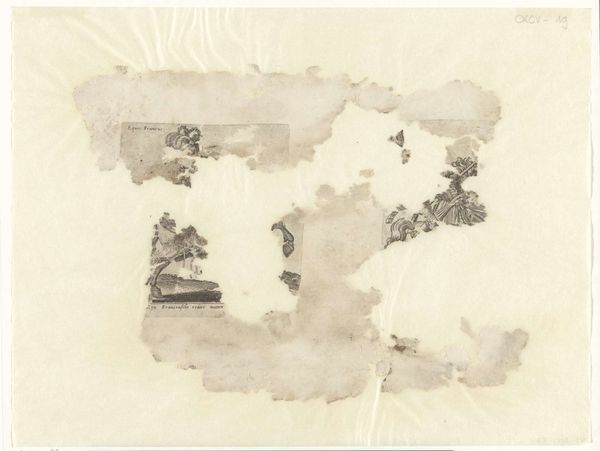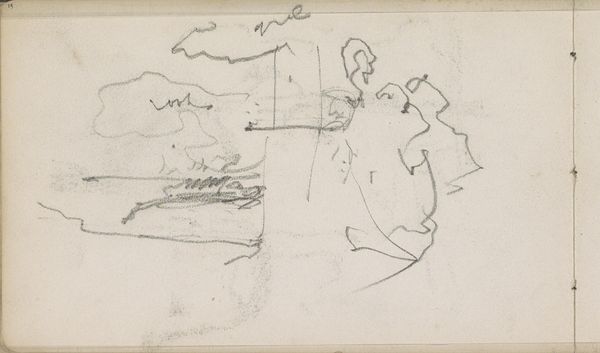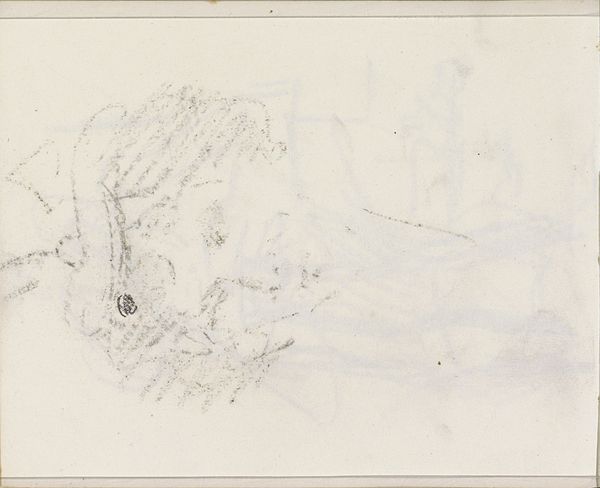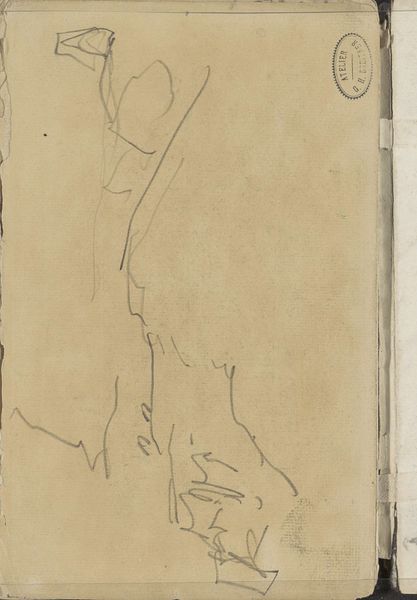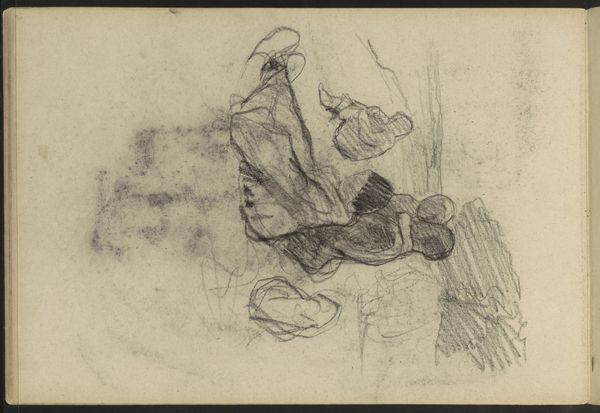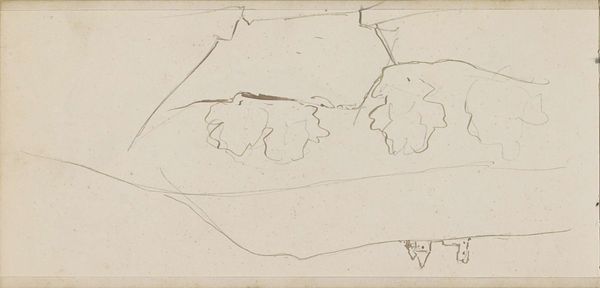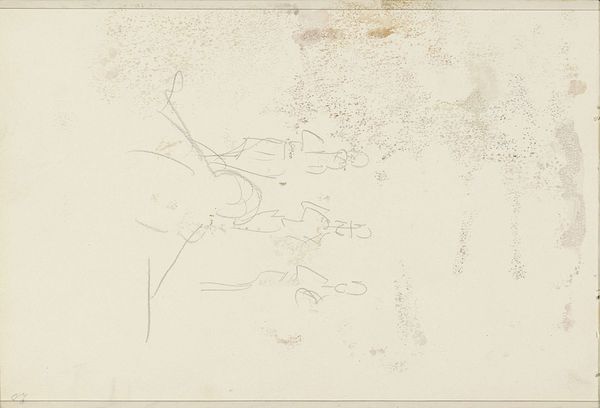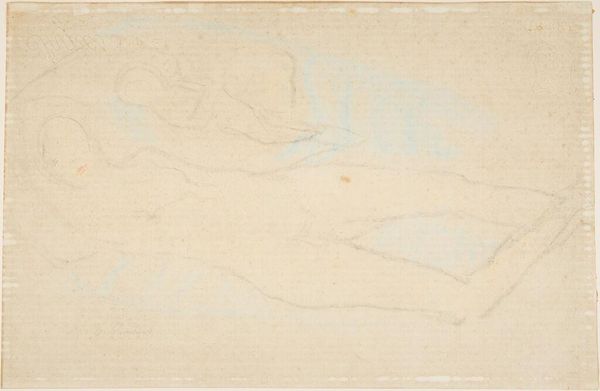
oil-paint
#
abstract-expressionism
#
oil-paint
#
oil painting
#
geometric-abstraction
#
abstraction
#
line
Copyright: Carl Buchheister,Fair Use
Curator: Immediately, I’m struck by the materiality here, that rough texture… you can almost feel the way the oil paint was applied. Editor: Indeed. What we are observing here is Carl Buchheister's "Komposition mit roter Trennlinie", which translates to "Composition with Red Dividing Line," created in 1953. This piece really showcases the artist's exploration into geometric abstraction following the Second World War. Curator: Geometric certainly, but handled so... tactiley. It is as if the canvas is not just a surface, but almost a topographical field worked by some primitive tool. The contrast between the smooth left side and textured right draws me in, asking, "How?" and "Why?" of the physical engagement with the medium. What was he aiming at by using oil in this unusual way? Editor: Consider Buchheister's broader artistic journey and historical positioning. As a figure associated with the Bauhaus movement, he experienced firsthand the suppression of modern art under the Nazi regime. It gives this kind of geometric expression extra weight. Its presence in the post-war environment points towards reemergence and renewal, a statement against the artistic and political controls. The composition, with that definitive, almost violent red division, highlights a society cleaved in two, grappling with its past. Curator: So the division isn't purely formal; it reflects a socio-political split? Interesting. And I think this affects how we consider this painting, this physical act, during that era of rebuilding. Editor: Precisely. Think of museums reconstructing their collections after wartime damage, attempting to put back together cultural fragments. Buchheister's abstraction, rendered in these deliberate materials, parallels that societal and institutional impulse. It mirrors not just the aesthetics but the very act of reconstruction and recovery. Curator: Viewing it as both an aesthetic exploration, therefore, but also a comment on reconstruction efforts of that time is insightful. Editor: And a comment about access and inclusion! Art movements post-war tried very hard to offer new platforms, to democratize access, so pieces such as this offered a form of visual vocabulary open for reinterpretation. Curator: Well, that shift in perspective completely changed how I view the application and execution. Thanks for that! Editor: Anytime. It has been an excellent moment of viewing from different points of analysis, no?
Comments
No comments
Be the first to comment and join the conversation on the ultimate creative platform.
